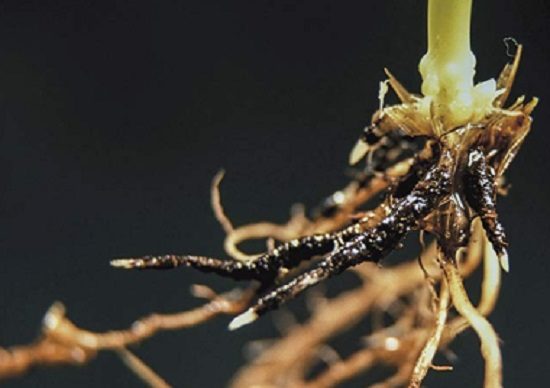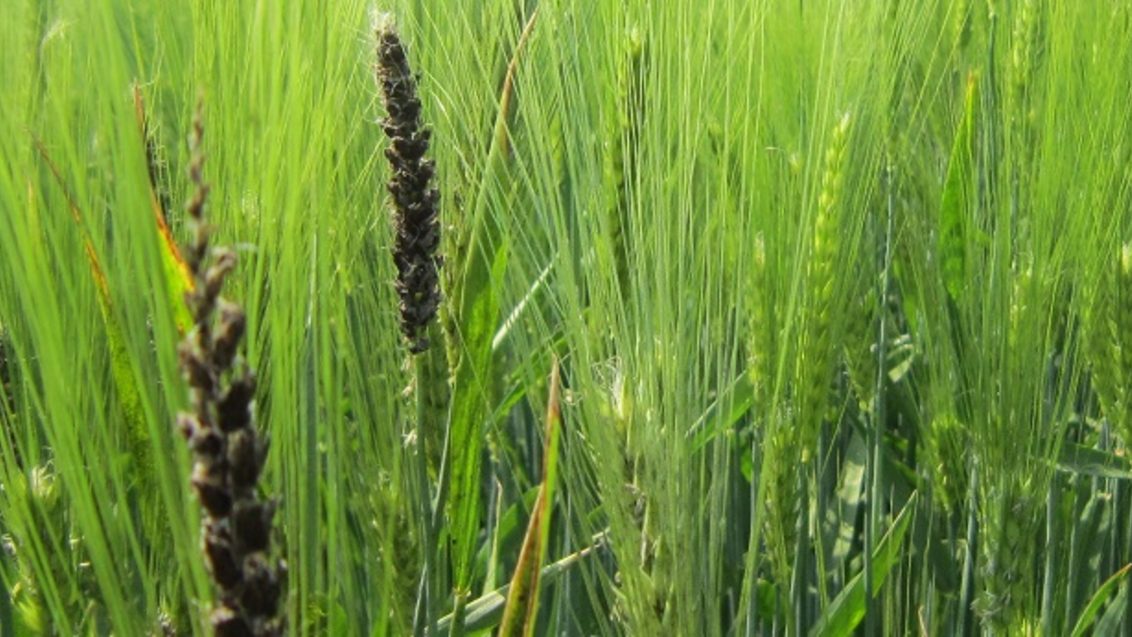
Seed & soil-borne diseases
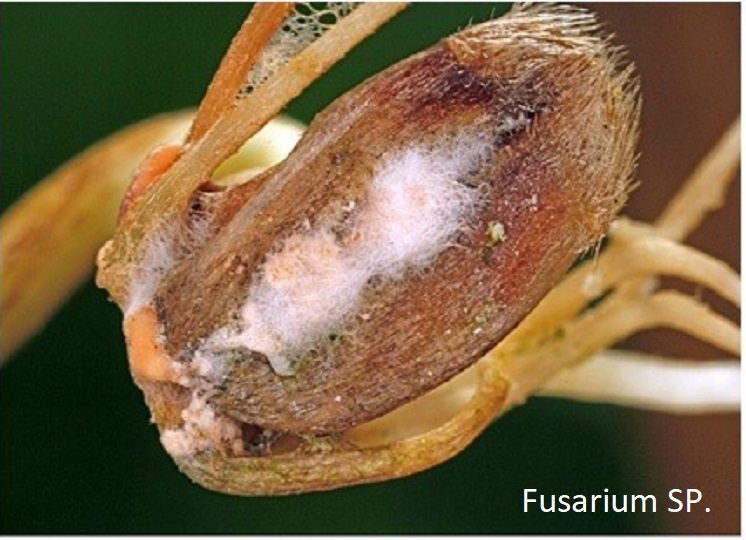
Seedling blight (Fusarium SP. & microdochium)
Affected crops: Wheat, barley and most cereals.Source of infection: Infected seed, soil and crop debris.Symptoms: Loss of plants, poor establishment, stem based browning, foot rots and ear blights.Impact: Reduced yield and potential mycotoxin issues.
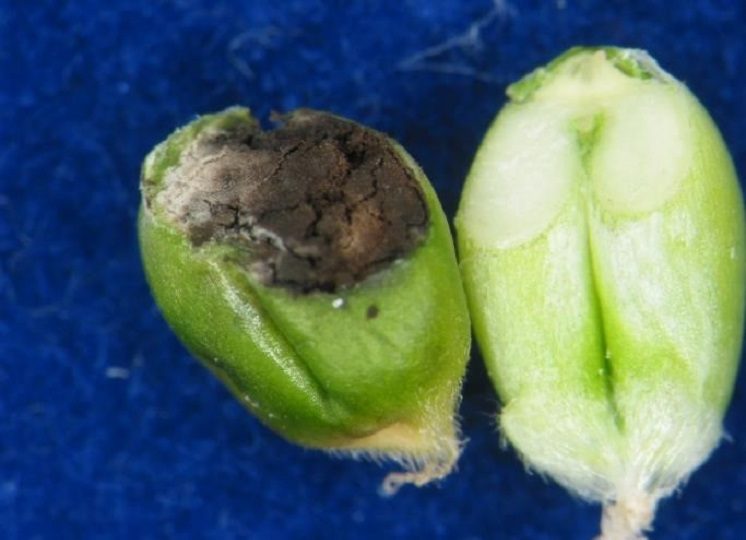
Seed-borne common bunt
Affected crops: Wheat.Sources of infection: Infected seed and soil, wind. Symptoms: In infected ears the grain is replaced by seed-like 'bunt balls' each containing millions of greasy, black, foul smelling (like rotten fish) spores. Impact: Reduced grain quality potentially leading to complete crop rejection.
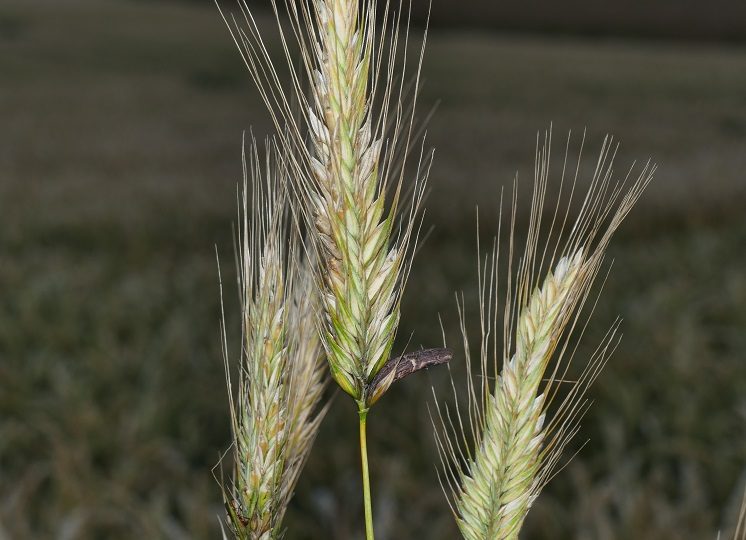
Ergot
Affected crops: All cereals.Sources of infection: Predominantly spread by contaminated grain. Secondary spread can occur by wind. Symptoms: The fungus only attacks the ear at flowering, replacing the grain in a few spikelets by a hard, purple-black sclerotium, known as an ergot. Ergots can be up to 2 cm in length. Impact: The disease has little direct effect on yield but the ergots contain large amounts of toxic alkaloids. If used for livestock feed or for human consumption, it can bring health risks and contaminated grain may be rejected.
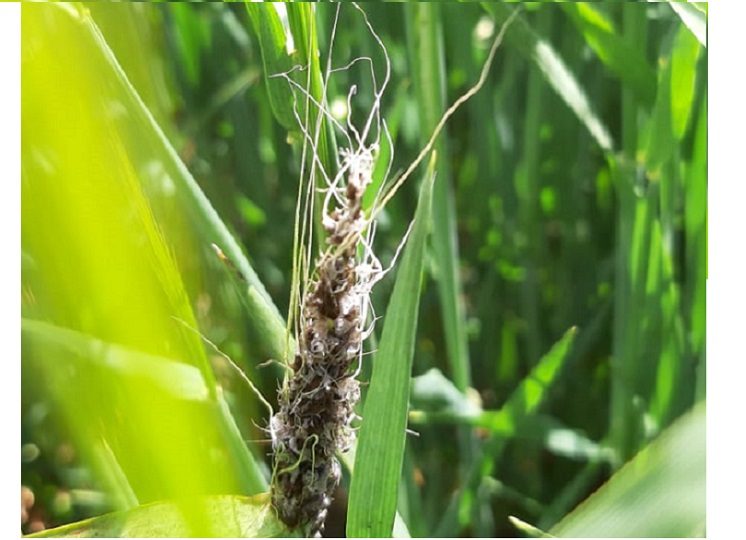
Loose smut
Affected crops: Wheat, barley and oats.Sources of infection: Infected seed and wind. Symptoms: In infected ears the grain is replaced by black fungal spores.Impact: Reduced yield and grain quality.
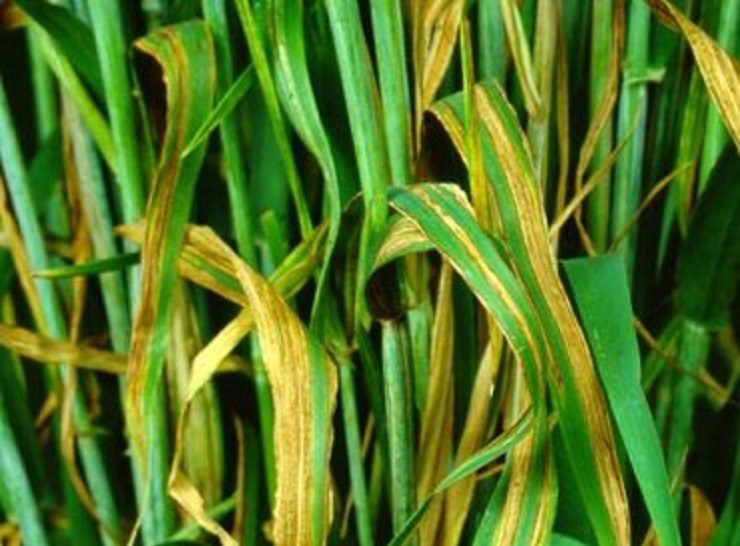
Leaf Stripe
Affected crops: Barley.Source of infection: Infected seed. The spores produced “in the stripes” are released and infect developing grain on healthy plants.Symptoms: Fungus causes long brown stripes on leaves and can cause ear blindness.Impact: Seed repeatedly sown without treatment multiplies quickly and can result in total crop loss.
